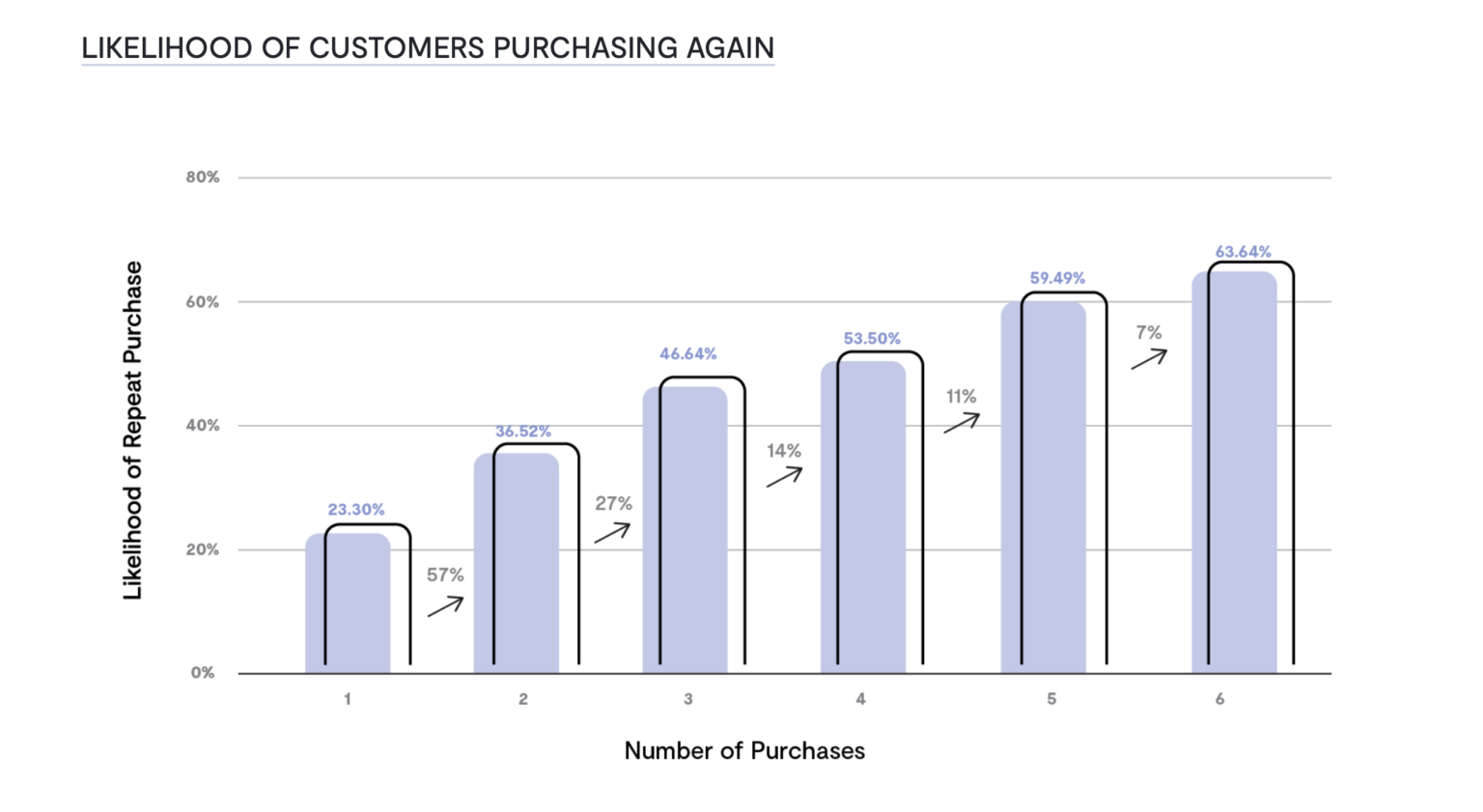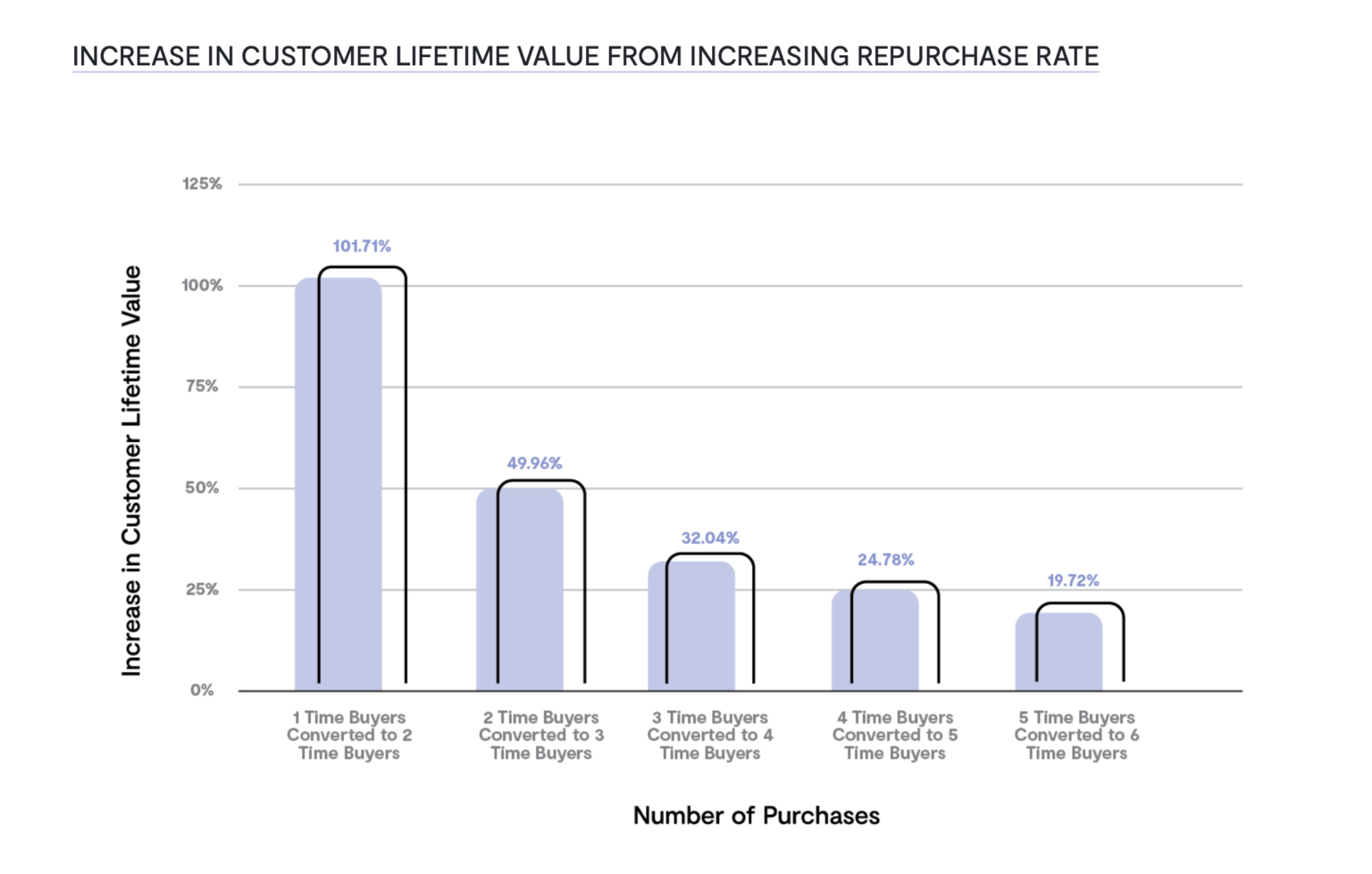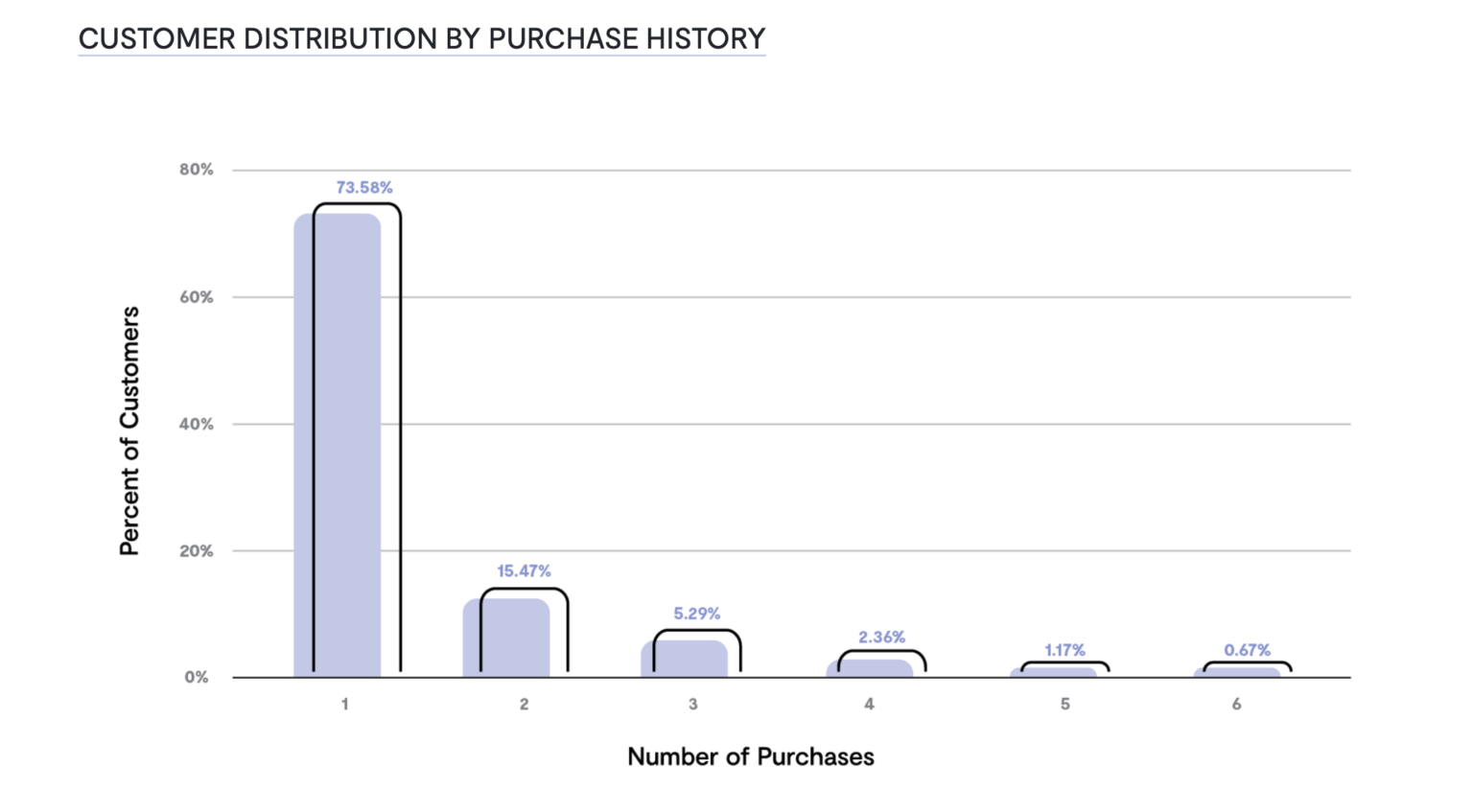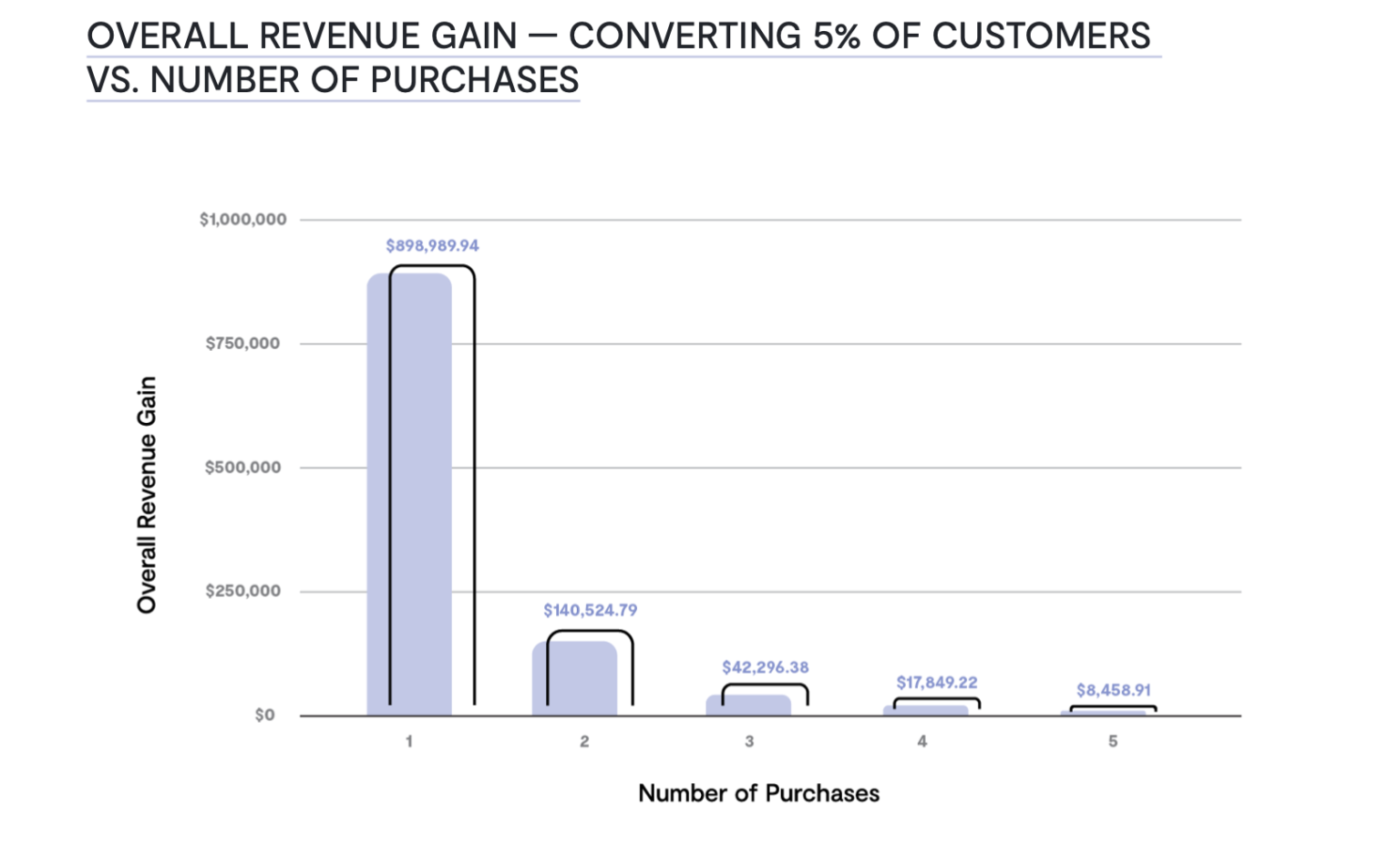
Meet the One-and-Done Buyer: Retail’s Ecommerce Retention Opportunity
They say new friends are silver and old friends are gold.
What you may not know is that retail is no exception to this rule. The good news is you already have a number of old friends waiting for you to rekindle things — your one-and-done buyers.
Sure, new friends are great and (in a retailer’s case) drive revenue. But there’s a golden opportunity waiting for you and you’re already halfway there. One-time buyers have already bought from you. You engaged those shoppers and drove them to make a purchase once, and the first time is the hardest time. Every time after that it should get increasingly easier and less expensive — if you take the right approach.
With 70% of a typical retailer’s future revenue already sitting with existing customers — why settle with silver when you can have gold?
The One-Time Buyer Problem
Increasing customer acquisition is an important goal, but it’s only the first step. What happens after you acquire those new customers is critical, because if you let those one-time buyers become only-time buyers your customer acquisition strategy won’t deliver the desired long term benefits.
Short term, the benefits of increasing customer acquisition are clear: You drive additional revenue from an entirely new stream of customers.
But customer acquisition can get expensive. As a result, in order to see the maximum ROI from your customer acquisition efforts, you need a long term plan to convert your one-and-done buyers. Only then will you reach a point where you’re not just churning out new customers regularly, but also converting those new customers into loyal shoppers with a high customer lifetime value.
Think about it this way: Would you rather acquire 100 new customers who only make one purchase of $100 each (delivering an additional $10,000 in near term revenue) or acquire 30 new customers who make $100 purchases on an ongoing basis (delivering an additional $3,000 in near term revenue, but a potential to repeat and grow that near term revenue again and again over the course of their lifetime with your brand)?
The Golden Opportunity of the Second Purchase
So how do you reap the long term benefits of your customer acquisition strategy? You need strong customer retention and loyalty strategies, but you can’t put those strategies into action if you don’t get to the second purchase.
The second purchase is pivotal in the customer lifecycle. Crossing the second purchase threshold promises to deliver the biggest increase in likelihood that customers will purchase again as well as the biggest increase in customer lifetime value.


Making the Leap from First Purchase to Second Purchase
Despite the enormous value of driving second purchases, turning one-time buyers into two-time buyers proves one of the biggest challenges retailers face.
Just look at retailers, for whom nearly 74% of customers are one-time buyers.

On the one hand, that’s a problem. Fortunately, it’s a problem that has a solution. Because with the right retention strategy enabled by the right technology, opportunities abound.
In fact, looking at a group of 100,000 apparel customers (of which 74,000 are one-time buyers), driving a second purchase from just 5% of those one-time buyers would deliver a potential $898,000 in additional revenue over the next two years (based on an average order value of $120).

Building Retention Strategies
It’s clear that the second purchase is a critical juncture for driving revenue gains in both the short and long term. But how do you actually turn one-time buyers into lifetime customers? It’s all about developing and executing a thoughtful strategy enabled by the right technology that keeps customers at the center.
Find out everything you need to know about the second purchase gateway and how to put your retention strategies into motion in our eBook, The eCommerce Retention Opportunity.





